5 Green Leafy Vegetables That Should Be Part of Your Diet
In our constantly busy lifestyle, it might be hard to keep track of some essential requirements of our body - nutrients and vitamins. They do not only provide proper functioning for the body but are absolutely essential for overall wellness. The majority of these micronutrients come from our daily intake; that's why it is important to keep a healthy and varied diet. The more diversified your diet is, the more diverse these micronutrients you are getting for yourself.
Green leafy vegetables are appreciated for the abundance and variety of micronutrients they contain, which can help achieve the daily recommended nutrient requirements of the body. Read on to find the benefits of some incredibly nutritious green leafy vegetables that should be part of your diet.
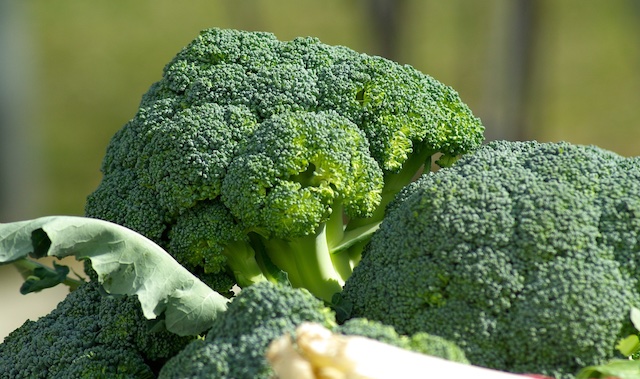
1. Broccoli
Apart from being tastier than its cousin counterparts, broccoli can do wonders when it comes to your nutritional profile. It’s a rich source of micronutrients like vitamins K, C, B1, B2, B3, B6, potassium, magnesium, and iron. Broccoli is also abundant in folate, which allows the production of new cells in the body and reduces early signs of aging.
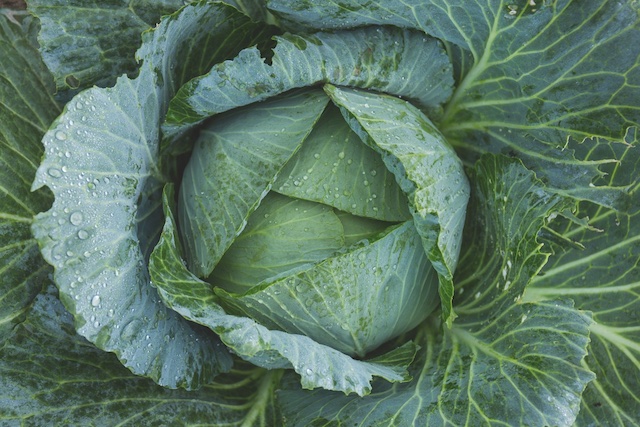
2. Cabbage
Cabbage is loaded with vitamins K, B6, and C. Since vitamin C is such a great antioxidant and cabbages are rich in vitamin C, this vegetable is great at fighting free radicals. It is known to brighten the skin tone and highlight sharp features. Cabbage also contains rich amounts of protein and fiber that boost overall strength, improve digestion, and prevent obesity. According to a study, cabbage can protect against the harmful effects of radiation during cancer treatment. This green leafy vegetable is also known to prevent heart disorders and diabetes.
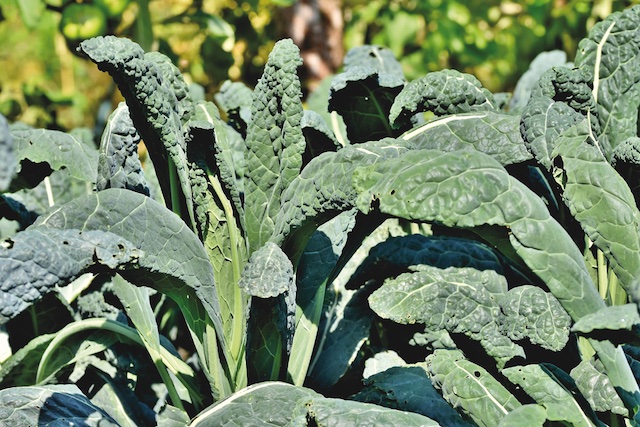
3. Kale
Kale can easily be included in your diet; daily cooking or salad dressing, it goes with all. This green leafy vegetable is abundant in nutrients like fiber, vitamin C, antioxidants, potassium, calcium, magnesium, and iron. A glass of kale juice daily is known to regulate blood sugar levels. It protects the kidney, liver, and heart from various lifestyle diseases. Kale is also a great source of carotenoids antioxidants – a nutrient that the body converts into vitamin A. Vitamin A supports the health of eyes, skin, and hair. Kale is also great for children of growing age if you can get them to eat it, of course!
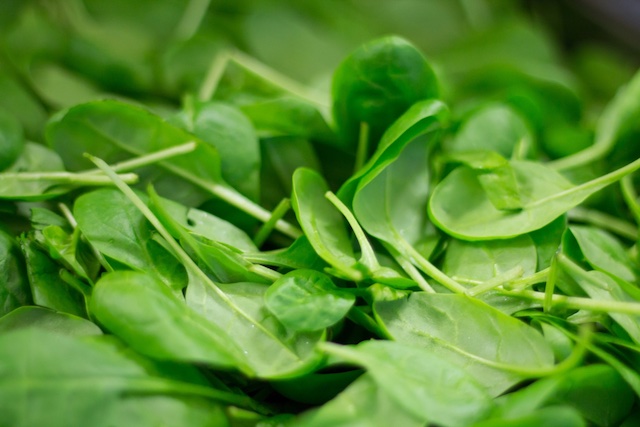
4. Spinach
Spinach is considered a powerhouse of nutrients. Apart from a variety of vitamins and minerals, it is also rich in oxalic acid and calcium. It makes a great supplement for the health of bones and muscles. Some of us may remember how Popeye - the sailor used spinach to suddenly boost his strength; well, that may be somewhat true. Spinach is known to boosts energy and physical endurance. Its rich iron content also helps to maintain healthy red blood cell count, which makes spinach a must-eat green leafy vegetable for women who lose so much blood during menstruation.
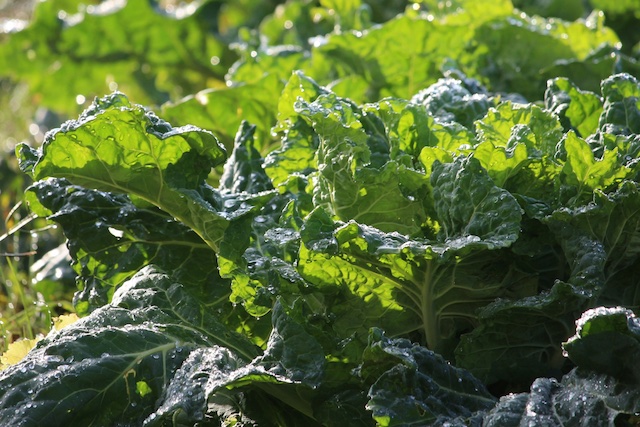
5. Collard Greens (Collard)
Apart from being a reliable source of vitamins A, K, C, and B6 that are found in almost all green leafy vegetables, collard shines because of its thiamin, niacin, pantothenic acid, and choline content. These fatty acids are responsible for neurological transmission, memory function, and cognitive abilities. Collard is also known to reduce stress, depression, and mood swings during menstruation. Its high vitamin A content can improve eyesight and prevent hair loss.
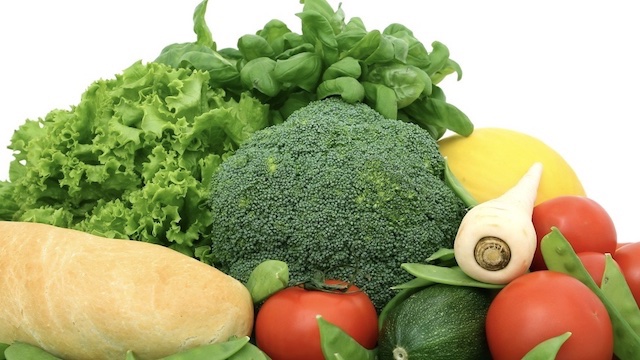
All green leafy vegetables, even the ones not listed here, are loaded with nutrients and are potent antioxidants. A diet rich in these vegetables is associated with a healthy body-mass index and a lower risk of lifestyle diseases. Some of these green leafy vegetables are also high in iron content, which is why experts advise women to add such vegetables in their diet because women require more iron per day in comparison to men. Women typically lose about 220-250 mg of iron per pint of blood they lose, due to which many of them are susceptible to being anemic , especially during pregnancy and menstruation.
, especially during pregnancy and menstruation.
updates?
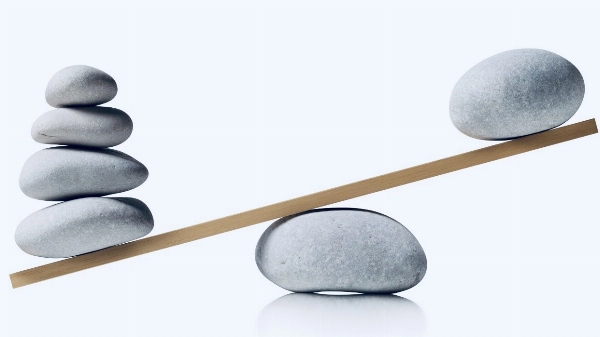

.jpg.webp)

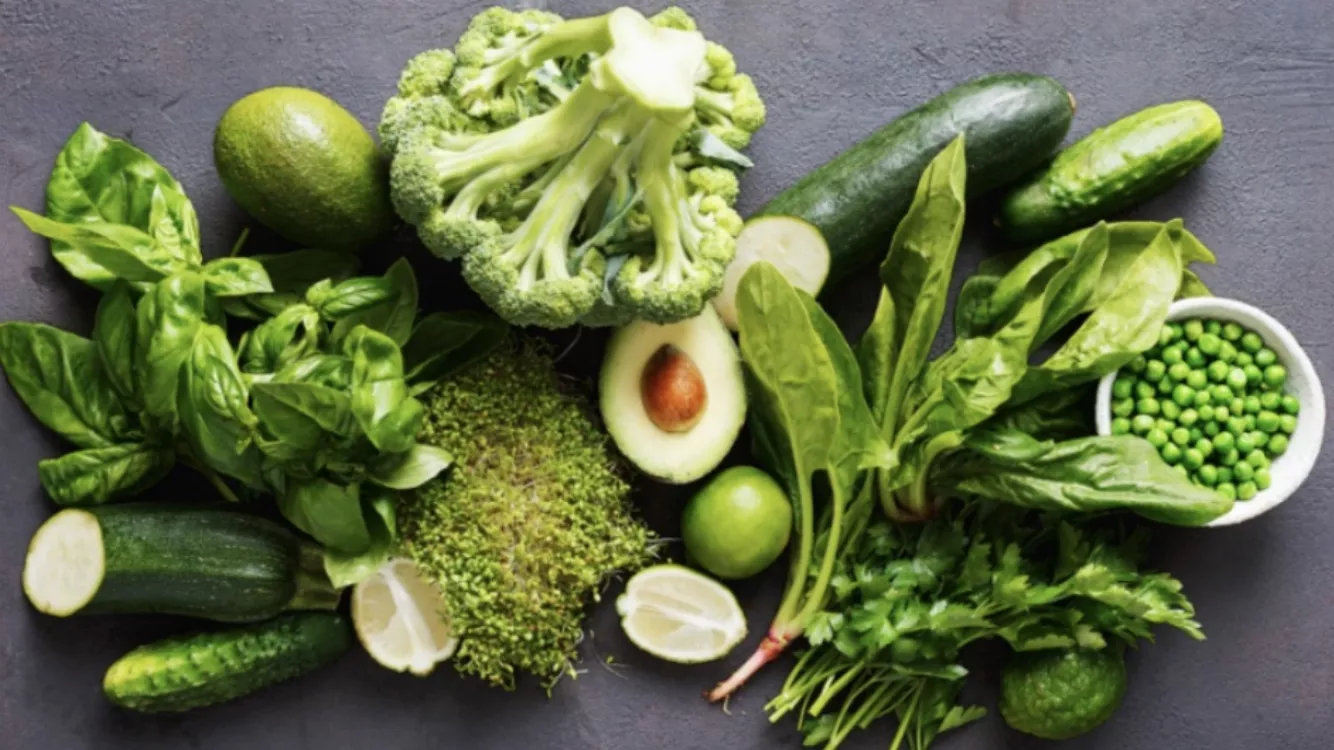
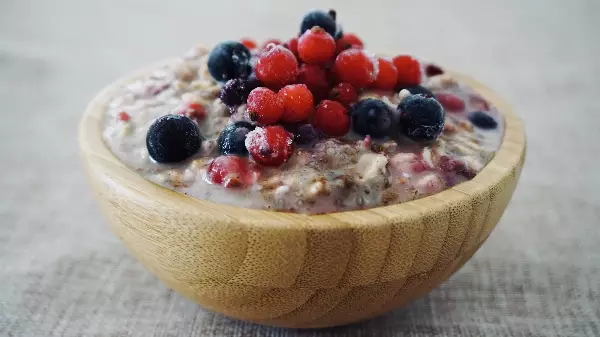

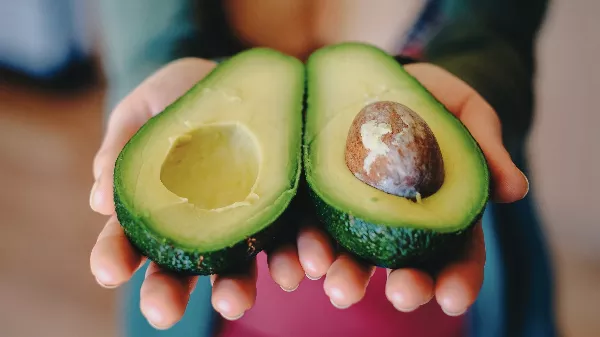


0